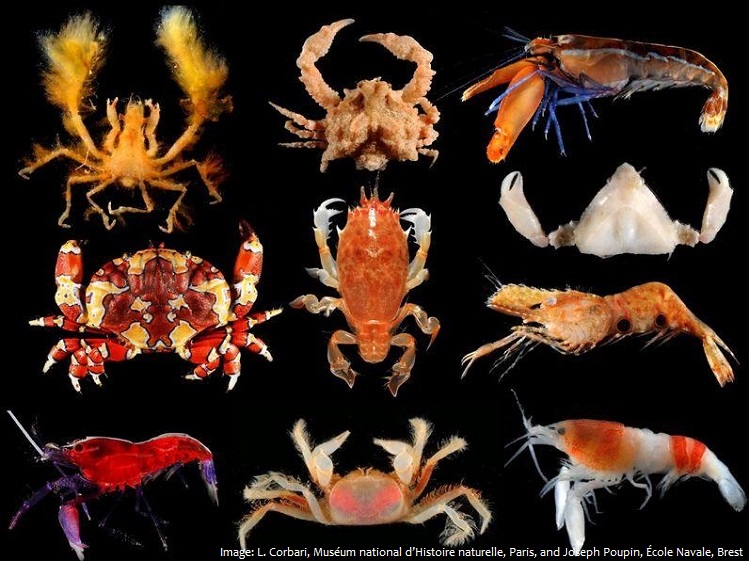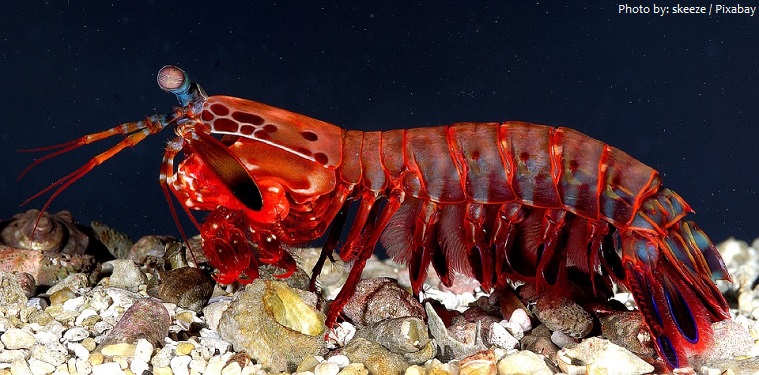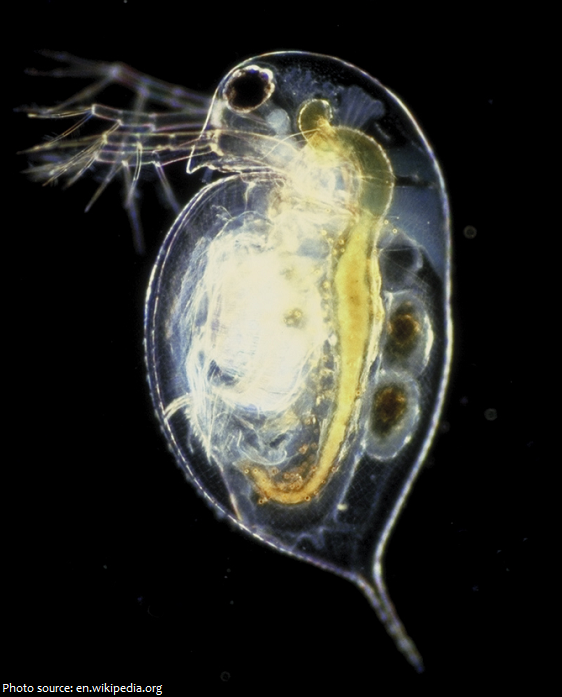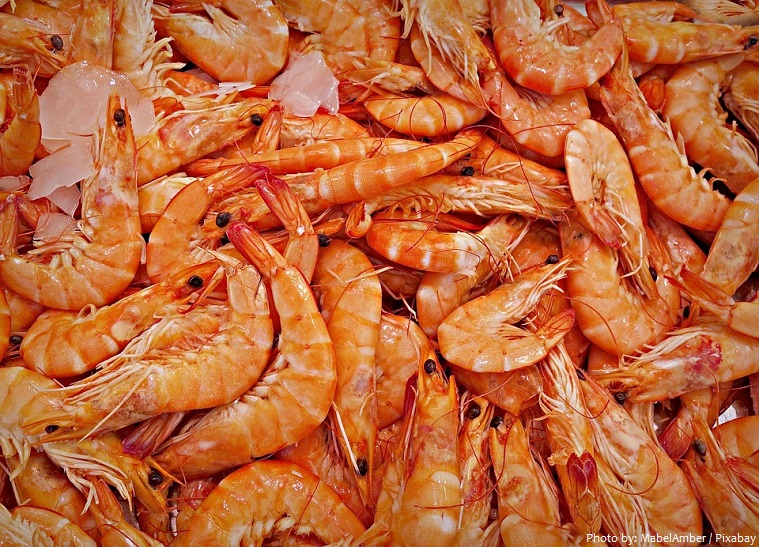Crustaceans are a very diverse group of invertebrate animals that includes the familiar crabs, lobsters, shrimps, prawns, krill, crayfish, woodlice, and barnacles.
There are about 67,000 described species.
Crustaceans are found mainly in water. Different species are found in freshwater, seawater, and even inland brines, which may have several times the salt concentration of seawater.
Various species have occupied almost every conceivable niche within the aquatic environment.
Some species extend down to the greatest depths in the sea and have been found in oceanic trenches at depths of up to 10,000 meters (32,800 feet).
Crustaceans colonize lakes and rivers throughout the world, even high mountain lakes at altitudes of 5,000 meters (16,400 feet) above sea level.
The lifespan is based on the type of crustacean and can vary greatly. For example, isopods live for approximately one year and Antarctic krill can live for five to ten years.
The body of a crustacean is composed of segments, which are grouped into three regions: the cephalon or head, the pereon or thorax, and the pleon or abdomen.
Generally, they have two pairs of antennae, two eyes. The mouth has two mandibles. Most breathe with gills, although certain land crabs have developed lungs.
The crustacean body is protected by the hard exoskeleton, which must be moulted for the animal to grow.
Crustaceans range in size from Stygotantulus stocki at 0.1 mm (0.004 in), to the Japanese spider crab [Image below] with a leg span of up to 3.8 m (12.5 ft) and a mass of 20 kg (44 lb).
The majority of crustaceans are scavengers, meaning they feed on scraps and leftovers that other sea creatures have discarded. Some crustaceans such as certain crabs and lobsters that have very powerful claws, tend to be predatory and will actively hunt prey. There are also crustaceans that are filter feeders; barnacles are such creatures and they simply filter out the food as they pass sea water through their systems. A third group of crustaceans are parasites; these live on other animals and feed off of them.
Most crustaceans are either male or female and reproduce sexually. Most females lay eggs that hatch into free-swimming larvae, though some crustaceans such as shrimps hatch into tiny versions of adults. However, most species pass through an immature larval stage and undergo a dramatic metamorphosis before reaching adult form.
Marine crustaceans have a very wide range of predators from mammals like sea otters and seals, other crustaceans, molluscs (e.g. octopuses), sea birds, fish and humans.
Fisheries in many parts of the world capture shrimps, prawns, spiny lobsters, and the king crab (Paralithodes) of the northern Pacific and its southern counterpart, the centolla, found off the coast of Chile.
More than 10 million tons of crustaceans are produced by fishery or farming for human consumption, the majority of it being shrimps and praw.
The Latin root, crustaceu meaning “having a crust or shell.”
Crustaceans are relatives of insects.
The crustacean group is usually treated as a class under subphylum mandibulata and because of recent molecular studies it is now well accepted that the crustacean group is paraphyletic, and comprises all animals in the Pancrustacea clade other than hexapods.
The scientific study of crustaceans is known as carcinology and a scientist who works in carcinology is a carcinologist.




